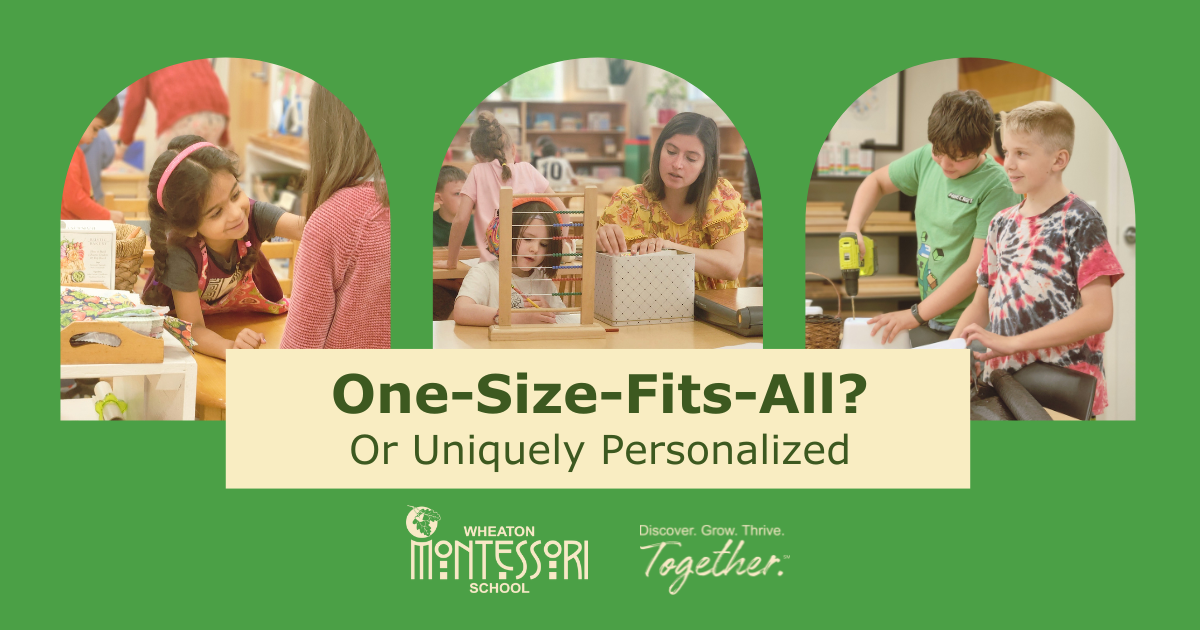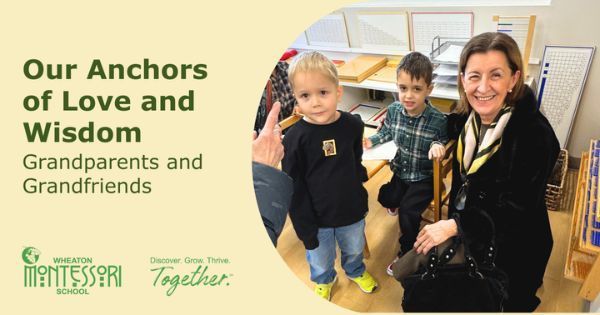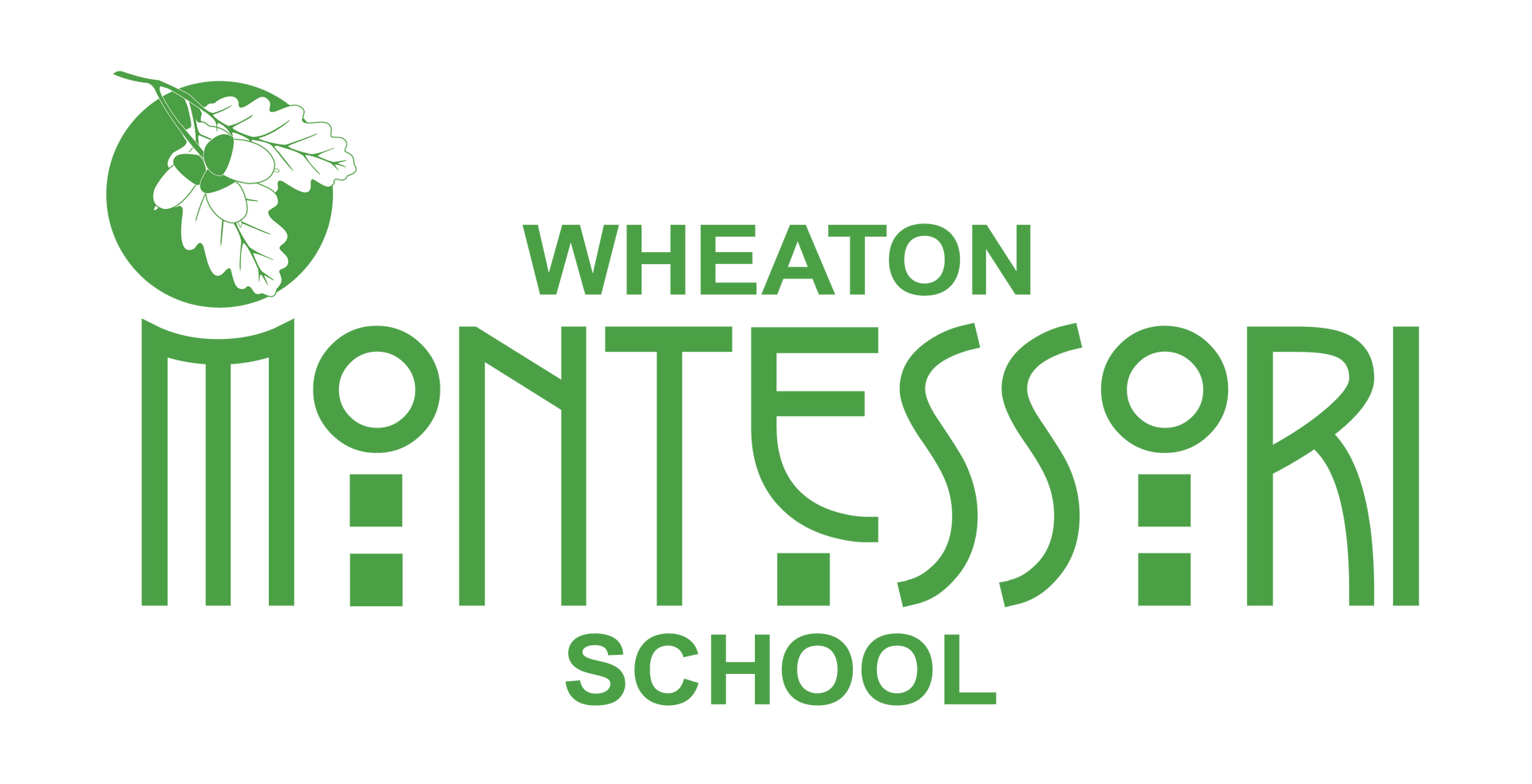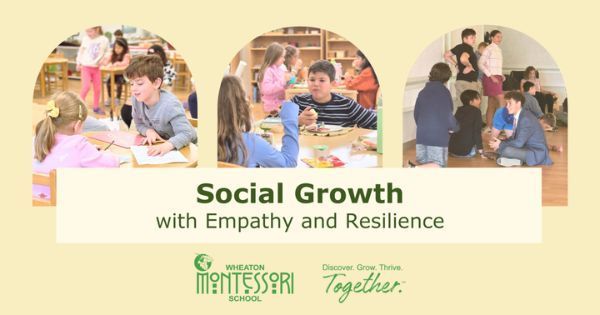
At the heart of Wheaton Montessori School lies deep respect for human potential, every human’s potential. The core of Montessori philosophy and practice originated when Dr. Maria Montessori, as part of her medical school training, worked with children and observed that they needed something different than one-size-fits-all, regimented training. She then researched, developed, and tested materials and classrooms that truly supported their development. The result? The children demonstrated remarkable growth, more growth than previously believed possible by educators. This discovery has forever changed education, understanding of learning, and knowledge about the developmental stages.
The Scientific Lens on Human Nature
Dr. Montessori approached children and human development as an analytical and experimental scientist. Through her records, she documented that humans possess innate, universal characteristics and follow patterns of development. At our core, we are designed to learn and grow.
By observing children through the lens of human development, Dr. Montessori identified specific stages of growth, which trained Montessori teachers call the Planes of Development, and a set of Human Tendencies that drive learning from birth to maturity. These tendencies are not random. They are forces that guide humans to meet their needs and fulfill their potential, and, when responded to well in schools, allow every human to excel joyfully to their fullest.
Next week’s blog, "What Great Teachers Do!", will discuss how our internationally certified teachers at Wheaton Montessori School utilize Dr. Montessori’s method to meet your children's desire to do more than simply “like school” and “get good grades.” Our teachers hold master’s degrees and have over 20 years of experience, ensuring that your children discover, grow, and thrive every day at Wheaton Montessori School and acquire the foundation to become confident, well-adjusted, and happy, incredible adults.
Preschool enrollment is currently open, providing opportunities for eligible early childhood students to join our exciting summer camps, running through August 15th, as well as for the upcoming 2025-2026 school year. Act quickly, as we have limited spots available for new children aged 4 ½ and under!
Prospective families with toddlers and children under 4 ½ are encouraged to sign up for a school tour to explore the advantages of our Primary Program, which lays the essential foundation for our Elementary and Adolescent Community Programs*. Prospective families who are enrolled in the 2025-2026 School Year are welcome to sign up for Wheaton Montessori School summer camps.
Current students and recent alumni are eligible for summer 2025 camps.
* Individual school tours for kindergarten through 9th grade are not available, and the waitlist remains closed for the 2025-2026 School Year. The only exception is considered for students transferring from AMI-accredited Montessori schools that have maintained continuous attendance.


